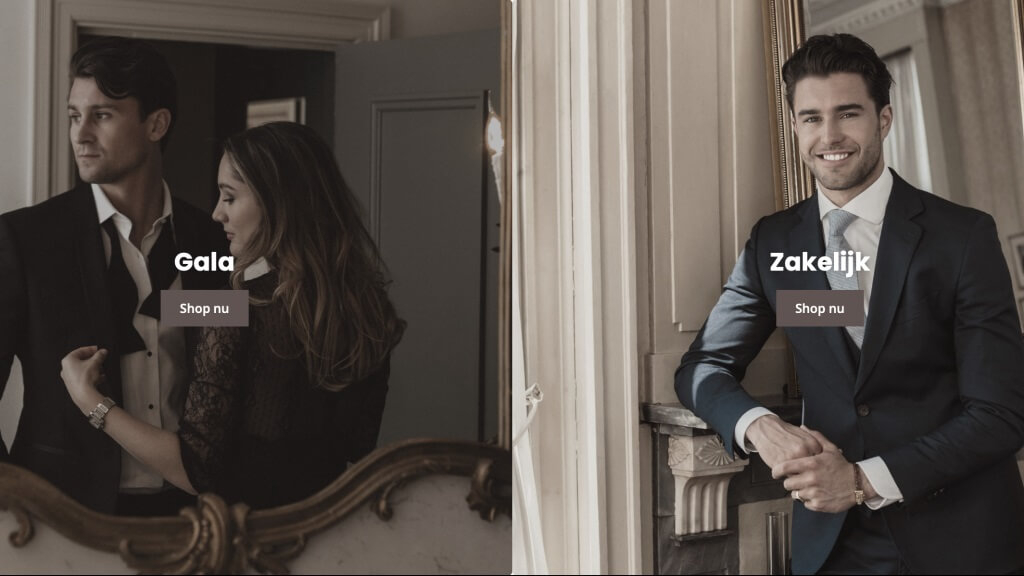A Special Purpose Acquistion Company, or a SPAC, is a company that was not an actual company at the time of the IPO (‘blank check company’). The purpose of the founders of a SPAC, called “sponsors”, is to raise capital through an issuance of shares and warrants that are listed on a stock exchange, called “units” combined. One or more acquisitions of existing companies are then made with that capital, which are also referred to as ‘business combinations’. It will often concern a (substantial) minority interest in a target.
SPACs have been around for decades and have become a significant part of the Capital Markets in the Netherlands since the summer of 2020, alongside IPOs and bond issues.
Advantages of listing through a SPAC vs. a traditional IPO:
- Less subject to uncertainties such as market conditions and IPO window
- SPAC transaction costs less preparation time and money
- The valuation of the target takes place at the negotiating table and does not depend on external factors, such as investor interest during road shows, analyst advice and market value of comparable funds.

Investors see the SPAC as an opportunity for a good return, while limiting the risk:
- The sponsors bear the costs of the SPAC
- The proceeds of the IPO are (almost) fully deposited into an escrow account
- Shareholders who do not agree with the business combination can (largely) get their money back
The different phases of a SPAC
In order to convince investors to entrust their assets to the SPAC, it is important that the sponsors (management) have a good reputation, a strong profile and a clear strategy. After the SPAC’s IPO, the sponsors will have to create a business combination with the money raised. The sponsors generally have 24 months to do this. This period can be extended by six months.
A proposed business combination is subject to the approval of the general meeting of shareholders. If shareholders do not agree, they can redeem their shares for a predetermined fee (redemption right). After approval, the business combination will be effected by a share transfer or a merger, with the ultimate result that the target will be listed on the stock exchange.
An important choice for sponsors is on which regulated market the SPAC will be listed. Under the Euronext Amsterdam stock exchange rule, no other regime applies to an IPO of a SPAC than for ‘regular’ companies. For example, there is a minimum required free float of 25%.
- If no business combination is formed within the specified period, all shareholders will receive (most of) their money back.
The Dutch regulations
Prospectus:
The 2017 Prospectus Regulation does not contain any special requirements for a SPAC and, in the case of a SPAC, requires a stand-alone summary document. In the prospectus, a lot of attention will be paid to the sponsors, since they give the SPAC an advantage with their knowledge and skills. The financial information is limited, given the limited history of the SPAC. If the SPAC already has a target in mind, the prospectus will need to include detailed information about the target, which is material for investors to make an informed assessment.
After the SPAC has been listed on the stock exchange, the SPAC will have to meet the listed obligations, such as publication of annual and half-yearly financial reports and filing of the annual accounts with the AFM. Disclosure of inside information is important, especially when conversations with a potential target become more concrete.











